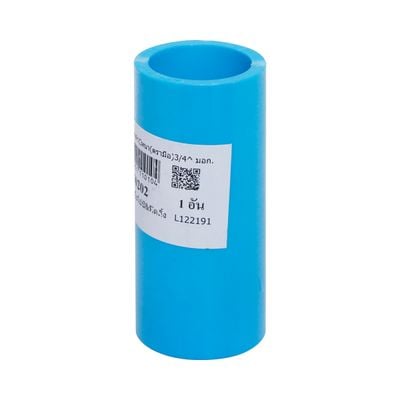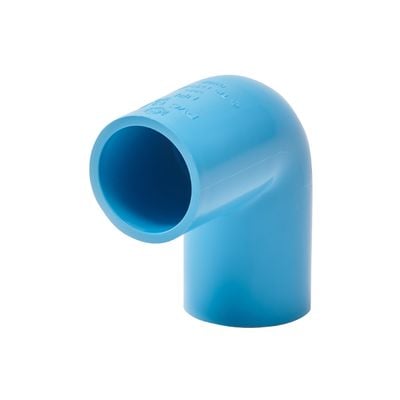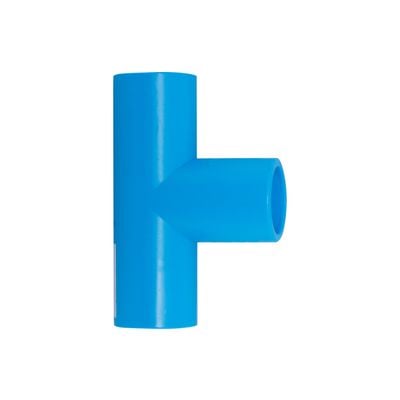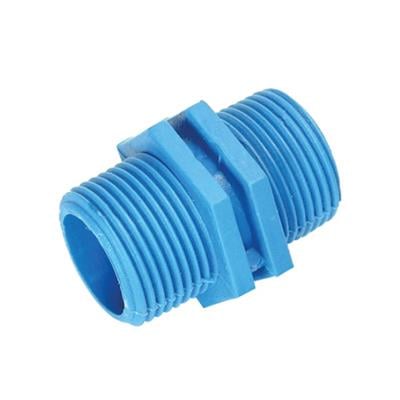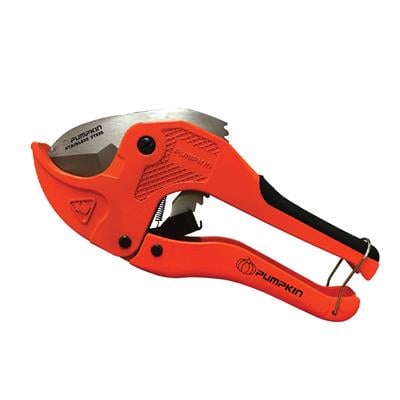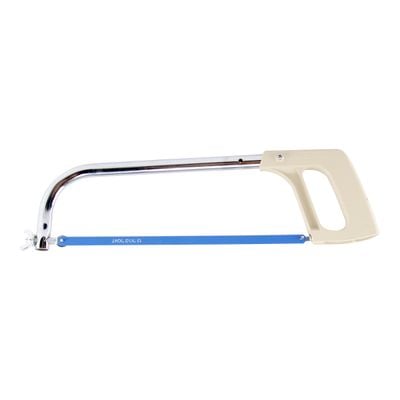How to Connect a Water Pipe Without Leaking

Connecting a water pipe, yourself may seem like a simple task, but it can be more difficult than it looks. Even if you have all the right tools, it's important to understand the basics of plumbing and how to prevent leaks.
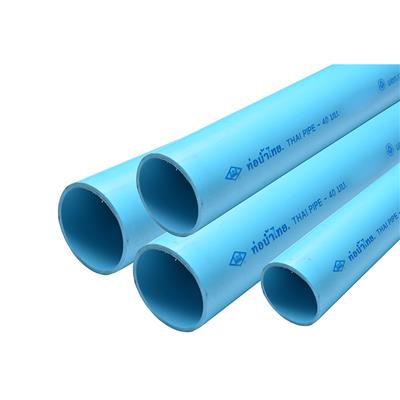
In this article, we'll share some tips on how to connect water pipes without leaks. These tips are based on understanding rather than experience, so they're easy for anyone to follow.
Plumbing Supplies
1. Water pipes are the main component of any plumbing system. They are used to transport water, sewage, and other fluids. The most common type of pipe for plumbing is PVC (polyvinyl chloride). PVC pipes are strong, durable, and resistant to corrosion. They are also lightweight and inexpensive, making them a popular choice for both residential and commercial applications.

PVC Pipe Class 8.5 THAI PIPE Size 1/2 Inch Length 4 Meter Blue
2. Plumbing fittings are used to connect pipes together and create different configurations. There are many different types of plumbing fittings available,
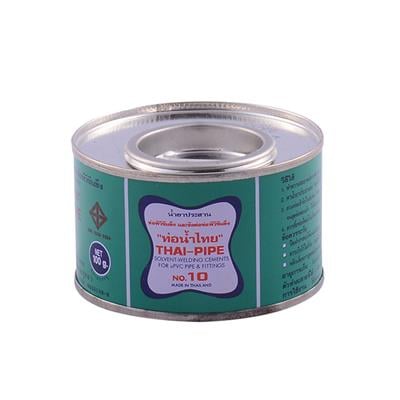
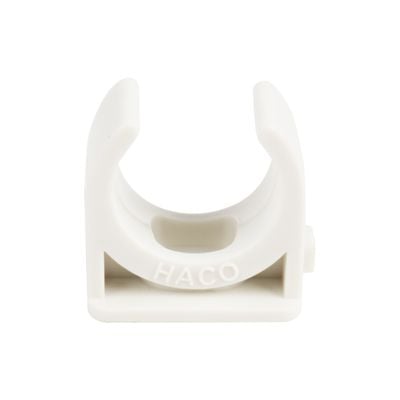





3. Pipe sealant, also known as pipe glue, is a substance that melts the PVC pipe material to form a solid joint. It is used to seal pipes together before they are joined.

Solvent Welding Cements for uPVC Pipe & Fitting THAI PIPE Size 100 G. Copper
4. Plumber's shears and hacksaw are both tools that can be used to cut PVC pipes. Plumber's shears are more convenient to use, more precise, and produce a smoother cut with no burrs, which can save time. However, they can only be used to cut pipes. Hacksaws are more versatile and can be used to cut a variety of materials, but they are not as precise as plumber's shears and can produce a rougher cut.
5. Pipe clamps are used to secure pipes in place. They can help to keep pipes organized and prevent them from moving or coming loose. Pipe clamps are available in both metal and PVC.

Conduit Clamp 20 mm. HACO CC20/P Size 20 mm. (Pack 10 Pcs.) White
How to Connect a Water Pipe Without Leaking
1. Assemble PVC pipes and fittings to a depth of 2.5 centimeters
PVC pipes inserted into fittings must be at least 2.5 centimeters deep. This is the tightest distance. If it is not at this distance, there is a high chance of leakage. You can measure 2.5 centimeters before inserting the pipe so that you can estimate the distance correctly after the pipe is inserted into the fitting.

2. Sand the ends of the pipes with sandpaper or a file
If you cut the pipe with plumber's shears, the end of the pipe will be relatively smooth. However, if you cut the pipe with a hacksaw, the end of the pipe will be rough. You need to sand the end of the pipe to make it smooth using a file or sandpaper. This will prevent the rough edges from interfering with the flow of water and make the pipe fit more tightly.

3. Apply glue or pipe sealant to the ends of the pipes
You should apply glue to the outside of the pipe only, not the inside of the fitting. When you assemble the pipes, the end of the pipe will push the glue out. The glue will not fall into the pipe, which will prevent future problems with clogged water pipes caused by glue residue.

4. Push the pipes together for at least 10 seconds
After you apply the glue, push the pipes together firmly and hold them for at least 10 seconds before releasing. This will help to prevent leaks.

5. Test the connection before using
After you have assembled all the pipes, turn on the water to test the connection. Dry your hands as best you can, then run your hands along the newly assembled PVC pipes from the source to the end. This is a final check before you use the pipes.

By following these tips, you can assemble PVC pipes and fittings securely and prevent leaks. However, it is important to remember that all equipment will eventually deteriorate over time. Be sure to inspect your plumbing regularly so that you can fix any problems as soon as possible.
Credit for images: griffon.eu, todayshomeowner.com, craft-art.com, uooz.com, plasticstoday.com
• You can buy Plumbing Supplies at our stores or online shopping. Click
Other interesting articles:
Recommended products

